Winston Churchill's Footsteps Through London
Join us for a free walking tour that unveils the life of Winston Churchill amidst London's iconic landmarks, rich history, and cultural treasures.
Time
3 Hours
Stops
8 Places
Distance
2.8 km
Waterloo Bridge
Begin your journey at the iconic Waterloo Bridge, offering stunning views of London's skyline and setting the stage for exploring the city's historical and cultural landmarks.
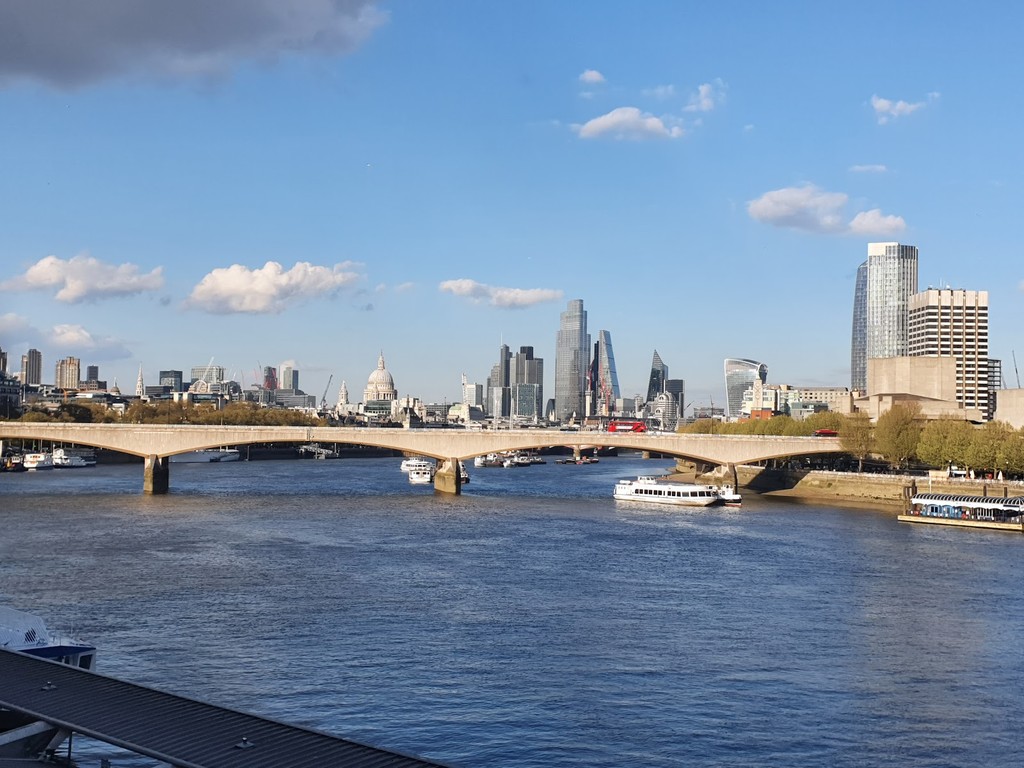
Waterloo Bridge (Source: Google Maps)
Waterloo Bridge, completed in 1945, is an essential part of London's architectural landscape. Designed by Sir Giles Gilbert Scott, it is known for its elegant design and its role as a vital connection across the River Thames. The bridge offers breathtaking views of the London skyline, including the Houses of Parliament and the London Eye. It has a rich history, serving as a backdrop for various cultural events and protests. During World War II, it was a strategic point for the movement of troops and supplies. The bridge is also celebrated for its artistic significance, inspiring many artists and filmmakers throughout the years.
Somerset House
Just a short walk from the bridge, Somerset House is a grand neoclassical building that hosts a variety of cultural events and exhibitions, reflecting the vibrant arts scene of London.
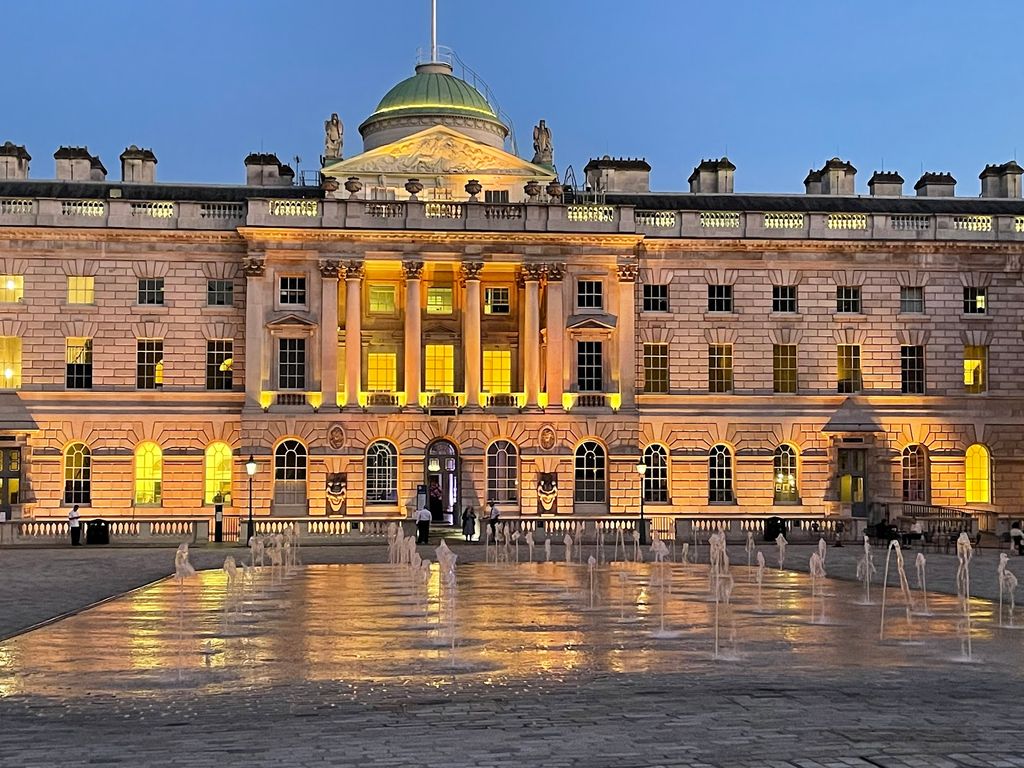
Somerset House (Source: Google Maps)
Somerset House is a magnificent neoclassical building that dates back to the 18th century. Originally built as a residence for the Duke of Somerset, it has evolved into a cultural hub hosting art exhibitions, film screenings, and performances. Its stunning courtyard is a popular gathering place, especially in winter when it transforms into an ice skating rink. The building's architecture features grand facades and intricate sculptures, reflecting the grandeur of its time. It is home to several institutions, including the Courtauld Institute of Art, showcasing an impressive collection of paintings and decorative arts.
The Cenotaph
Pay your respects at The Cenotaph, a war memorial on Whitehall commemorating those who served in World War I and II, closely tied to Churchill's legacy as a wartime leader.
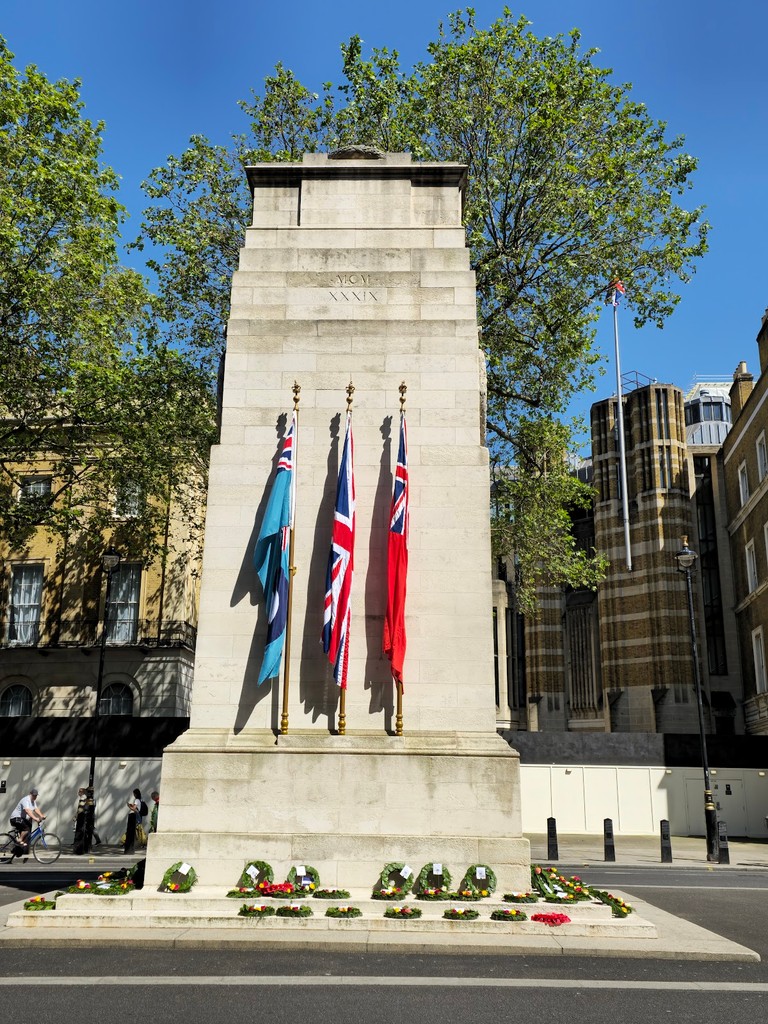
The Cenotaph (Source: Google Maps)
The Cenotaph is a significant war memorial located on Whitehall, dedicated to the British and Commonwealth soldiers who died in the two World Wars. Designed by Sir Edwin Lutyens, it was unveiled in 1920 and has since become a symbol of national remembrance. The Cenotaph is the focal point for the annual Remembrance Sunday service, where thousands gather to honor the fallen. Its simple yet powerful design, featuring a stone structure with inscriptions, reflects the somber nature of its purpose. The memorial is closely associated with Winston Churchill, who played a crucial role in honoring those who served during times of conflict.
The Red Lion
Located near Parliament, The Red Lion is a traditional British pub where you can enjoy a classic pub meal and perhaps imagine the political discussions that have taken place here over the years.
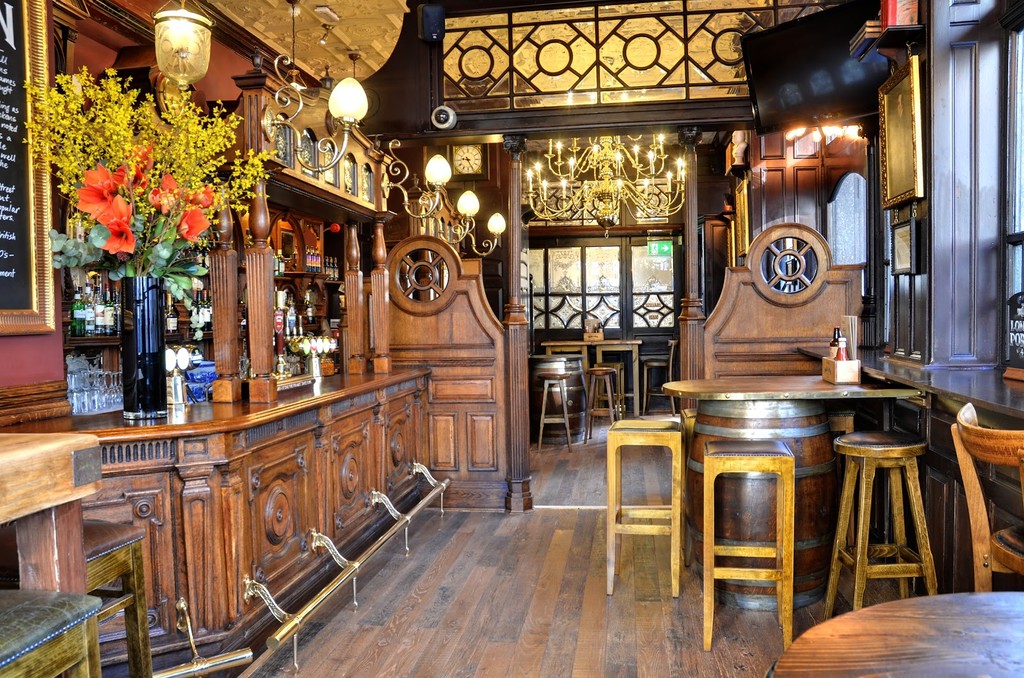
The Red Lion (Source: Google Maps)
Big Ben and the Houses of Parliament
No visit to London is complete without seeing Big Ben and the Houses of Parliament, symbols of British democracy and history, and significant during Churchill's political career.
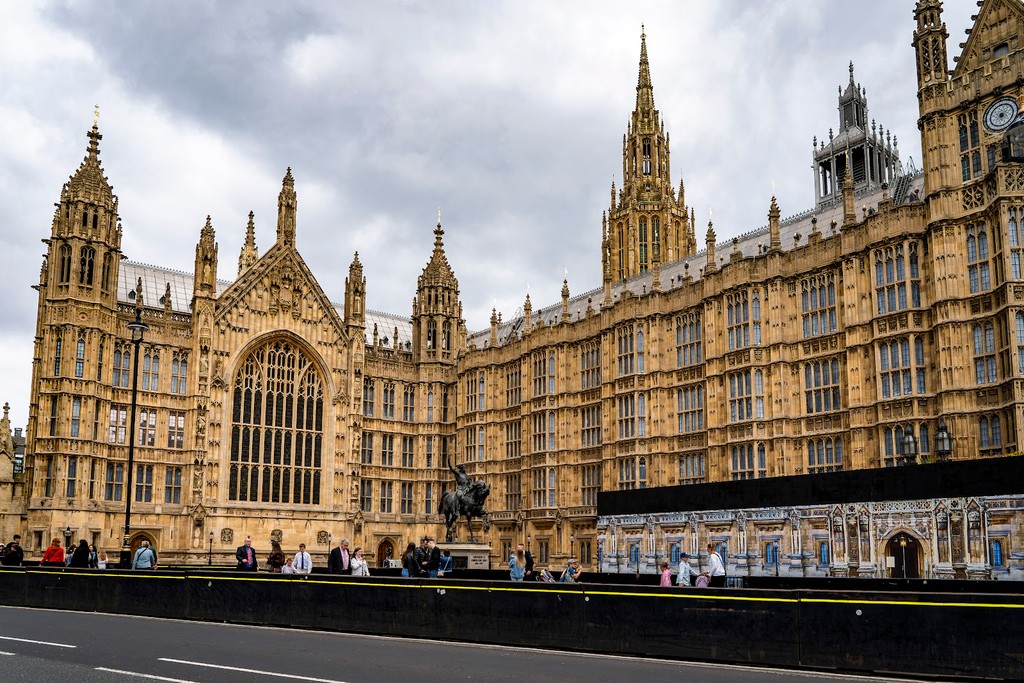
Big Ben and the Houses of Parliament (Source: Google Maps)
Big Ben, the iconic clock tower, is part of the Palace of Westminster, the seat of the UK Parliament. Completed in 1859, Big Ben is renowned for its impressive clock face and chimes that resonate across London. The Palace of Westminster is a UNESCO World Heritage Site, known for its stunning Gothic architecture. It has witnessed countless historical events, including key moments in Winston Churchill's political career. The building's intricate design and rich history make it a symbol of British democracy. Visitors are often captivated by both the exterior and the interior, which features lavish decorations and historical artifacts.
Westminster Abbey
Explore Westminster Abbey, a UNESCO World Heritage Site with a rich history of royal ceremonies and a close connection to Churchill, who had his funeral service here.
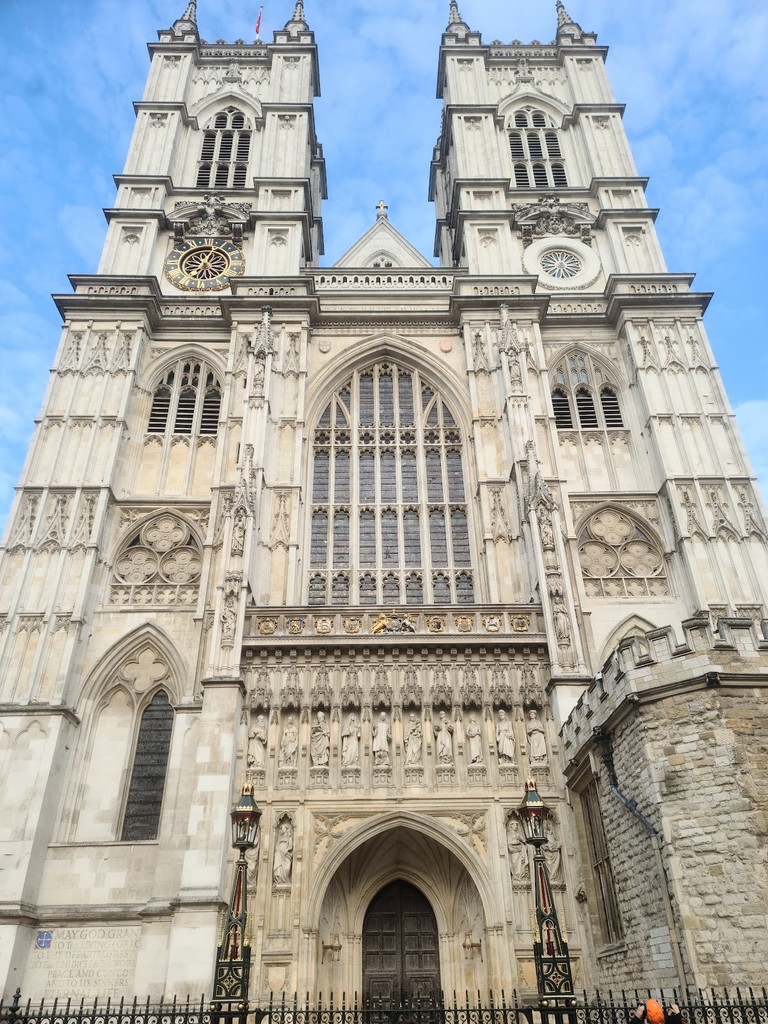
Westminster Abbey (Source: Google Maps)
Westminster Abbey is a stunning Gothic church with a rich history dating back over a thousand years. It serves as the site for royal ceremonies, including coronations and weddings. The Abbey is also the final resting place for many notable figures, including Winston Churchill, whose funeral service was held here in 1965. The architecture is breathtaking, featuring intricate stained glass windows and ornate stonework. Visitors can explore the Poets' Corner, where famous writers are commemorated, and the various chapels that reflect the Abbey's significance in British history. Its status as a UNESCO World Heritage Site underscores its cultural importance.
Churchill War Rooms
Dive into the life of Winston Churchill by visiting the Churchill War Rooms, the secret underground headquarters where Churchill directed World War II operations.
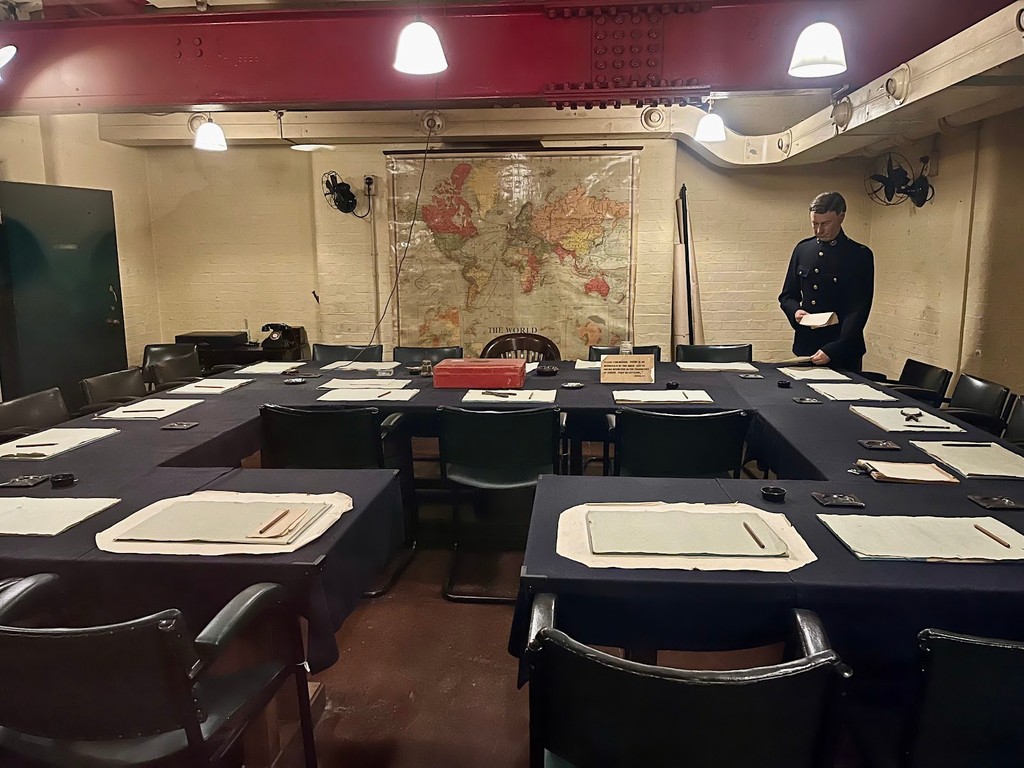
Churchill War Rooms (Source: Google Maps)
The Churchill War Rooms are a historic site located beneath the streets of Westminster. This underground complex served as the secret headquarters for Winston Churchill and his cabinet during World War II. The rooms have been preserved to reflect their appearance during the war, providing visitors with a glimpse into the life and decisions of Churchill as he led Britain through one of its darkest hours. The War Rooms include a museum featuring exhibits about Churchill's life, his leadership during the war, and the operations that took place within these walls. It is a poignant reminder of the resilience and determination of the British people during wartime.
St. James's Park
Stroll through the beautiful St. James's Park, one of London's oldest Royal Parks, offering a peaceful respite and a chance to enjoy nature amidst the city's bustle.
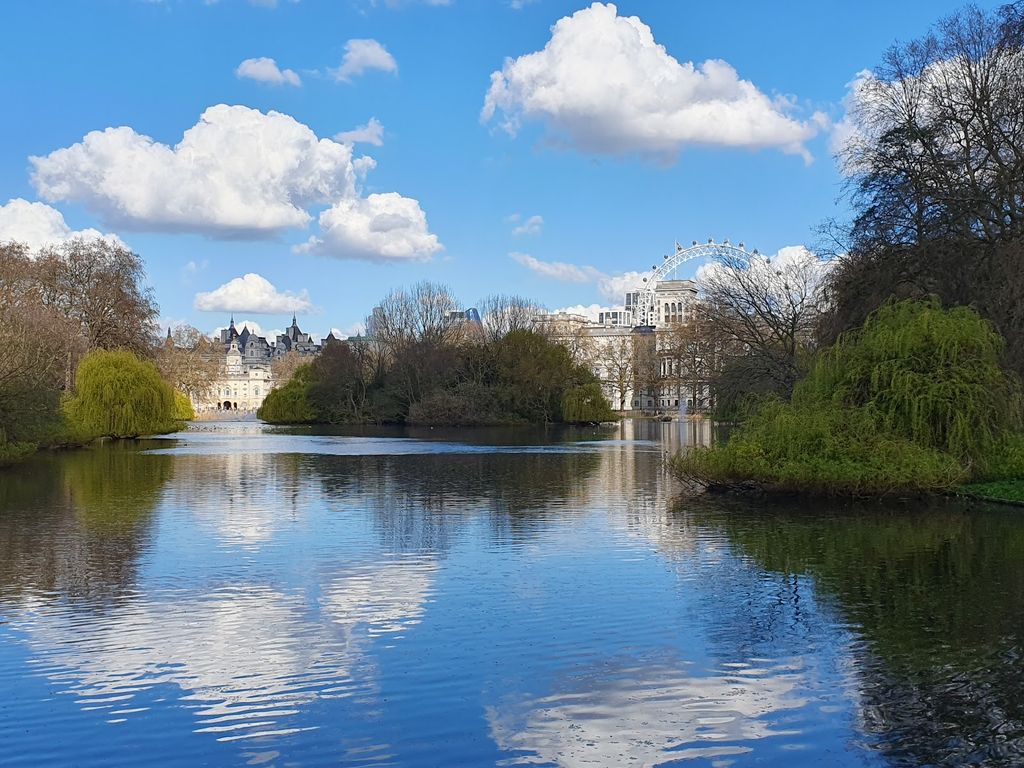
St. James's Park (Source: Google Maps)
St. James's Park is one of London's oldest and most beautiful Royal Parks, covering 57 acres of lush greenery and vibrant flowerbeds. Established in the 16th century, it offers stunning views of Buckingham Palace and the iconic lake, which is home to various bird species. The park has a rich history, having been a hunting ground for King Henry VIII. Today, it serves as a peaceful retreat for both locals and tourists, with walking paths, gardens, and areas to relax. St. James's Park is also known for its vibrant flower displays, especially during spring and summer, making it a picturesque spot in the heart of London.

Your travels, your rules.
Create your own Free Walking Tours.
Set your preferences, distances and anything you want to do or see.
Completely free, no payment required.